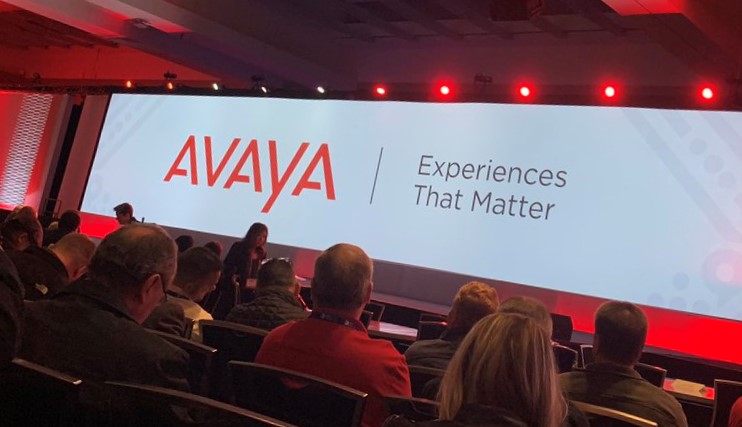Employees sent home due to carrier line outage

Recently a nationwide CenturyLink outage knocked out 911 voice calls, ATM withdrawals, and hospital patient records. Locally in Salt Lake City, a manufacturing business had to send their employees home costing tens of thousands of dollars in lost business.
Additionally, a major bank could not conduct business as usual as they could not access data or applications located in the Cloud or reach their branches. This is not an “unusual” occurrence. Line Outages are more common with the massive demand on carriers to provide more bandwidth and access to applications and data stored in cloud based centers across the country. Of course, if these businesses had multi-line secure, sub second failover technology installed, none of these disruptions would have occurred. FatPipe’s patented technology has proven itself time and again, most recently with a Chicago based town council, when bad weather caused their primary network to suffer an outage. With FatPipe’s solution, employees did not see any disruption whatsoever, unaware of the major outage. The council called FatPipe, not to register a support call, but to thank FatPipe for their solution that worked flawlessly. Modern networks are more crucial than ever before, especially for mission critical information such as that found in healthcare, financial and local government institutions. FatPipe pioneered technology to keep networks up using any link type, including LTE, 3G,4G,5G, fiber, leased, satellite, DSL, cable, wireless, and Internet.
Please Like and Share



